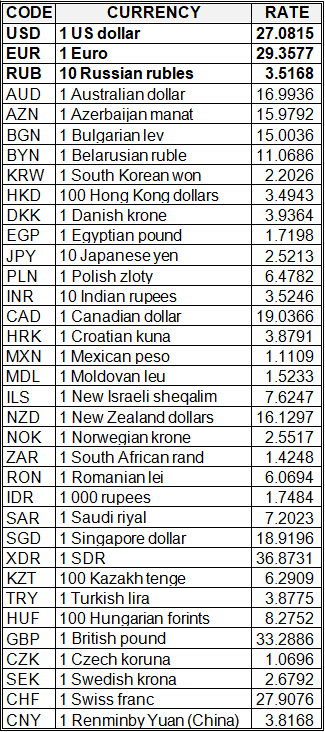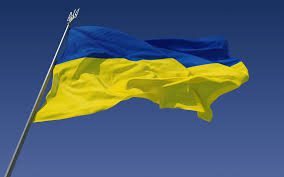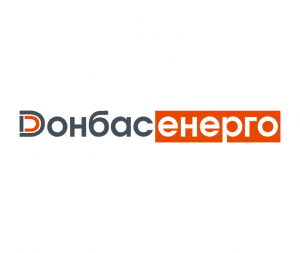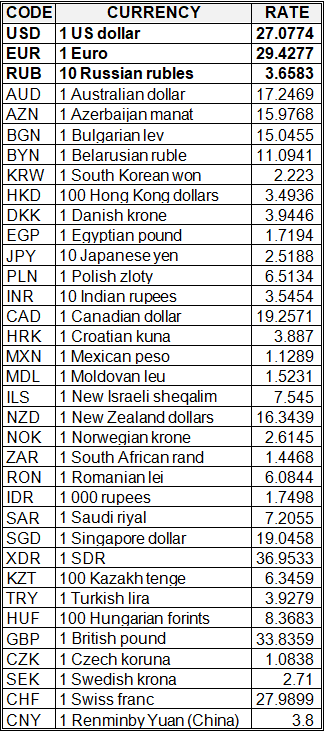
Retail goods turnover in Ukraine in March 2020 slowed to 6.1% year-over-year in comparable prices, the State Statistics Service has reported.
In January-March 2020 compared with January-March 2019, retail trade turnover decreased 10.6%, while in March 2020 compared to February 2020 it increased by 4.4%.
The largest increase in the retail turnover of enterprises (legal entities and private entrepreneurs) in March 2020 compared with March 2019 was recorded in Kyiv (by 15.3%), Dnipropetrovsk (by 15%), Kharkiv (by 14.9%), Zaporizhia (by 14.8%), Kirovohrad (by 13.9%), Poltava (by 12.8%), Volyn (by 12.6%) and Odesa (by 12.4%) regions.
National bank of Ukraine’s official rates as of 22/04/20

Source: National Bank of Ukraine

The Ministry of Infrastructure of Ukraine is working on a concession for Olvia and Kherson ports according to the approved schedule, the ministry said in a statement on its website.
“The accidentals of the concession agreement with QTerminals company are being finalized, negotiations are being held in the online conference mode, since Qatar has introduced strict quarantine requirements for citizens who cannot yet arrive in Ukraine, which we have been informed through diplomatic channels. Consultations on Kherson port concessions are continuing as well,” Minister of Infrastructure Vladyslav Krykliy said.
According to him, the Ministry of Infrastructure also continues to work on the preparation of concession projects in the ports of Chornomorsk, Berdiansk and Odesa. There are also international discussions in other areas of the transport industry.
“We are determined with our international partners on the mechanisms of public and private partnership in the road sector, as well as on airports and railway stations,” Krykliy said.

A plane chartered by PJSC Donbasenergo on April 19 delivered 12 tonnes of personal protective equipment (PPE) to combat COVID-19 from the Chinese city of Chengdu (Sichuan Province), the company’s press service has said.
According to its data, in particular, the cargo included 15,000 reusable protective suits for doctors, 500,000 disposable masks, 400,000 disposable gloves, 150,000 respirators, 20,000 glasses and protective shields, and 800 non-contact thermometers.
“All these means are intended to protect the public and medical personnel working in the difficult conditions of confronting the deadly disease. Donbasenergo thanks partners from Dongfang Electric International Corporation (Chengdu) who helped implement this difficult project,” the company said.
It is planned that on April 21 most of the PPE will be transferred to the department of health of Donetsk region.
National bank of Ukraine’s official rates as of 21/04/20

Source: National Bank of Ukraine